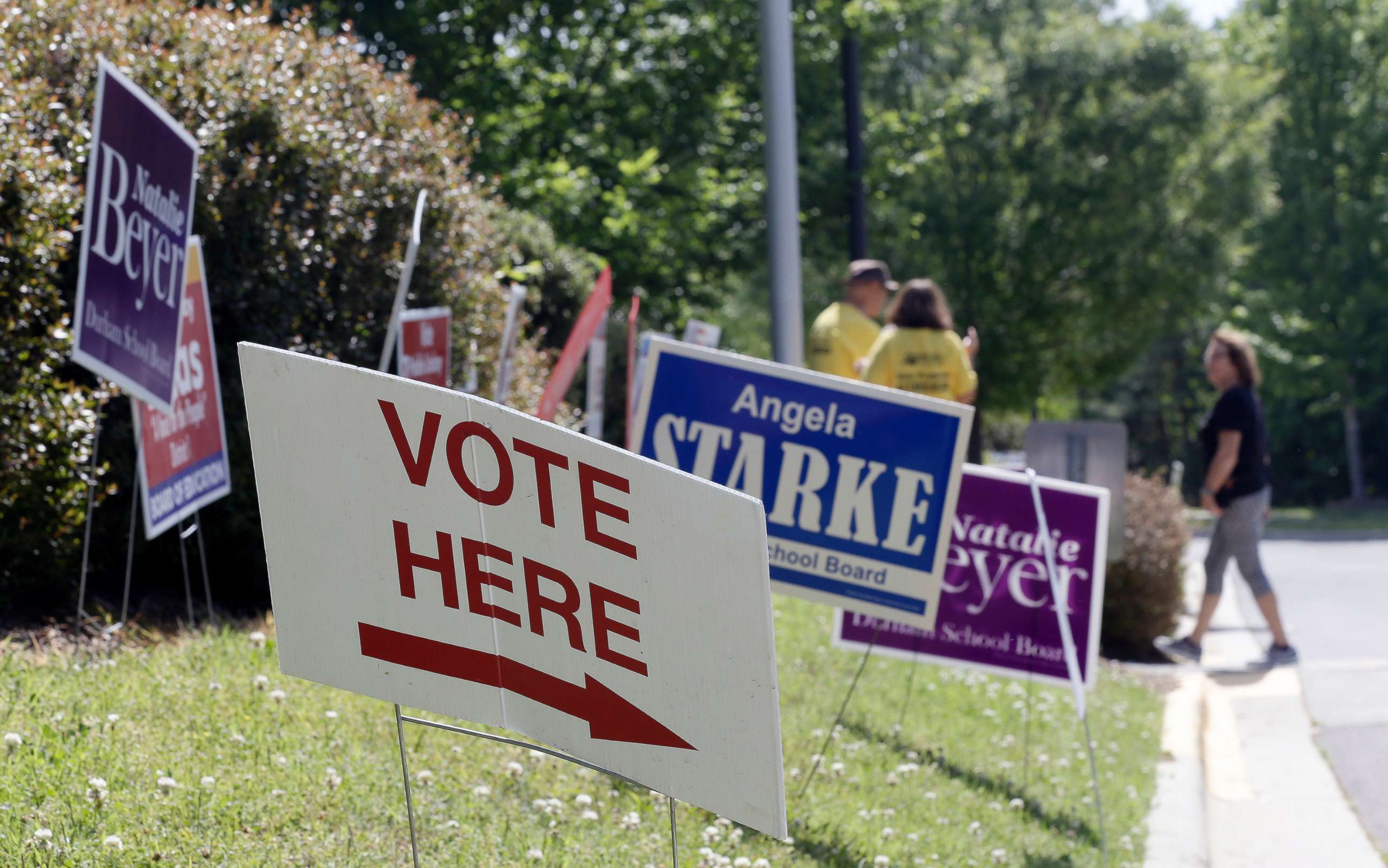Democrats should make midterm elections about change versus the status quo: COLUMN
Democrats could easily win the popular vote again, but lose the 2018 midterms.
As I sit in the wonderful Rauner Library on the Dartmouth campus, home to so many historic manuscripts and documents, on a beautiful day in Hanover, New Hampshire, I wanted to take a step back from the 24-hour news cycle and contemplate where we are just 24 weeks ahead of the 2018 midterms.
Being on campus to speak to students to exchange views is always such a respite for me, and underlines the importance of facts and objective analysis in our Republic.
To that end, and in hopes of cutting through a bit of the bias and spin out there, here are seven key points that may help give some sense for the election ahead and what might be important to concentrate on in order to understand what may unfold.
1. When one looks at all the moments that have unfolded since Election Day 2016, and the broad movements of our politics and economy, it seems little has changed since that historic election where the popular vote winner lost the Electoral College. Donald Trump, Hillary Clinton, the Democratic Party, and the Republican Party today each have the exact same favorability numbers – within a point or so – that they had in November of 2016. One could argue that this represents the political tribalism that exists in America today, but I think it more importantly says that no person or party has as of yet enunciated a vision or message that is able to break the divisions present in America today.
2. The key group of voters in America heading into this election is much the same as it was in 2016 – citizens who dislike the status quo, want change, but also would like to see our politicians stand for standards of behavior and norms of democracy which we all learned and teach our children. In 2016, nearly 20 percent of voters disliked both major parties and both major candidates – and this group broke for Trump by 17 percentage points. They voted for Trump despite himself, and did so because they thought possible change was more important than the risks entailed with him as president. Most of these same Trump voters have also stopped supporting Trump which is why his approval rating is in the low 40s.

3. The Democrats today have a generic ballot advantage in the average of polls of around 6 percentage points, and this gives them a wave headed towards November. They are going to need this level of wave or larger in order to overcome the “seawall” the GOP has built based on the geographic and redistricting advantages they have had over the last decade. There are more solid red states than blue states, and there are more solid or leaning-GOP districts than Democratic ones. If Democrats don’t have a large wave behind them, they could easily win the popular vote again, but lose the 2018 midterms.
4. Instead of the generic ballot question to pay attention to, I suggest looking at the president’s approval rating as we get into the fall of this election. And more specifically, the numbers I think that will be most decisive is the strongly approve numbers of the president versus the strongly disapprove. For the last year and a half, the strongly disapprove has been a much larger group than the strongly approve: in an average of polls that strongly disapprove has been 42 percent and the strongly approve 25 percent. Keep in mind, if history is an indicator, the Dems will get 90 to 95 percent of those who strongly disapprove, while 90 to 95 percent of the strongly approve will go for the GOP. If the number stays at the advantage it is today for the Dems, they have a high likelihood of the big wave they need. Watch this gap closely going forward.
5. In 2006, the Dems had a solid generic ballot advantage going into Election Day, and a huge gap of strongly disapprove (of Bush) versus approve at the time, and they swept the midterms. But there was one big difference from now: the Democratic Party had a net 20 point favorability advantage over what they have today. While the GOP is roughly in same position today as it was in 2006, the Dems are not well-liked today. Yes, the GOP is highly unpopular and trails behind the Democratic Party, but unlike 2006 the Dems are not as popular as they were.
6. While a large majority of Democratic voters want to impeach the president, a recent CBS poll showed that is not true of overall voters, and 40 percent of voters are less likely to support that message versus 30 percent say it would make them more likely to support a candidate who advocates impeachment. Keep in mind though, the GOP is in a worse position if their campaign is about supporting the Trump agenda where 44 percent of voters would be less likely to support that candidate and 28 percent say supporting Trump’s agenda would make them more likely to support a candidate.

7. The best message it seems for the Democrats would be to make this election about change versus the status quo, and to position the chaos, confusion, and corruption of Trump and the GOP as getting in the way of doing needed work on guns, the economy, and integrity of government. Yes, they can win on an anti-incumbent message (as they did in 2006, and the GOP did in 2010) without having a detailed platform of policy points. And while the fortunes of the GOP are very much tied to the approval of the president, they would benefit themselves by taking on the president more and holding him accountable. The biggest threat to the GOP is the intensity of the Democratic base, and if they could reduce this intensity by showing they are willing to confront an unpopular president, this may go some way in lowering that intensity.
Understanding the necessity of engagement by Americans and the importance of the votes ahead, we would do well to remember the words of Daniel Webster, a conservative scholar and lawyer who graduated from Dartmouth long ago and who argued against nationalism and in favor of our Union:
“I apprehend no danger to our country from a foreign foe. Our destruction, should it come at all, will be from another quarter. From the inattention of the people to the concerns of their government, from their carelessness and negligence, I must confess that I do apprehend some danger. I fear that they may place too implicit a confidence in their public servants, and fail properly to scrutinize their conduct; that in this way they may be made the dupes of designing men, and become the instruments of their own undoing. Make them intelligent, and they will be vigilant; give them the means of detecting the wrong, and they will apply the remedy.”




